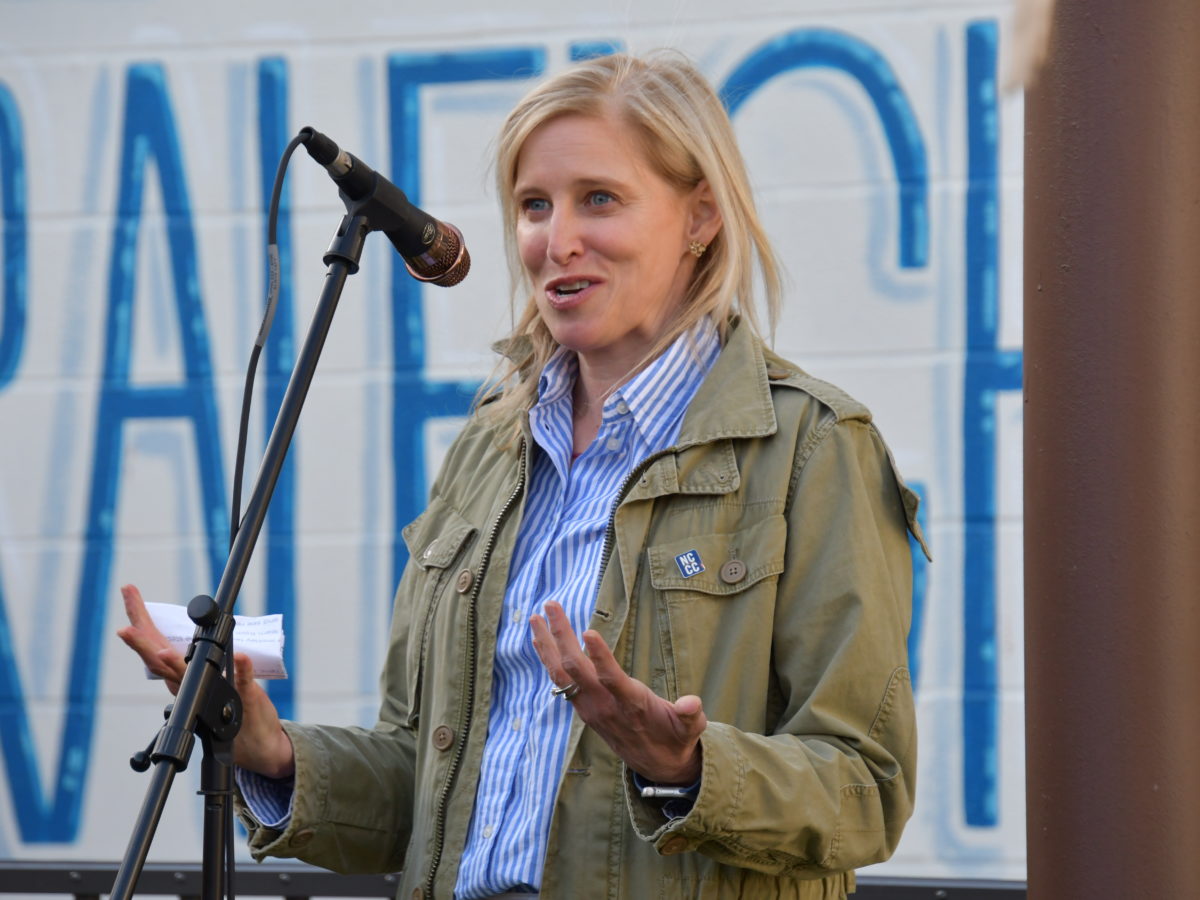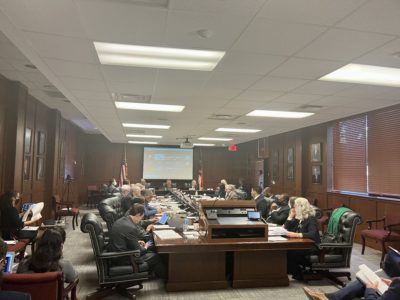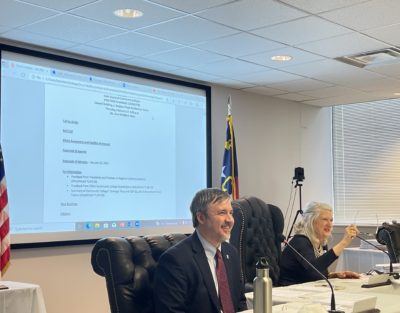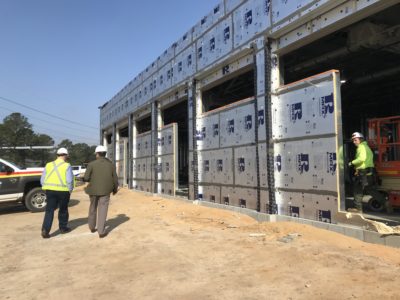
Share this story
- An economic impact study found @NCCommColleges contribute about $19.3 billion to the state’s economy each year and support almost 320,000 jobs.
- “I believe that our community college system is really going to be what drives North Carolina out of this pandemic and into full recovery,” said @DeannaBallardNC.
|
|
More than 500,000 students attend one of the state’s 58 community colleges, the North Carolina Community College System (NCCCS) said in an April release celebrating National Community College Month.
“The Community College System is key to the recovery and growth of the state’s economy,” NCCCS President Thomas Stith said. “We are very pleased to participate in this national awareness month to showcase North Carolina’s crown jewel – the Community College System.”
An economic impact study presented to the State Board of Community Colleges last month found the NCCCS contributes about $19.3 billion to the state’s economy each year. The community college system supports 319,763 jobs and employs 36,422 people, according to the report from labor analytics firm Emsi/Burning Glass.
The study also indicates the system nearly doubles the revenue taken in from taxpayers, with taxpayers getting $1.90 back in added tax revenues and public sector savings for every dollar the state invests. And on average, the report shows that North Carolina community college students have a rate of return on their college investment of 22.3%.
At an event celebrating the results of the report on Wednesday, John M. Belk Endowment President and Board Chair MC Belk Pilon thanked community presidents and leaders for participating in the study. Each of the state’s 58 colleges submitted data for the project. Belk Pilon said the idea for the systemwide study came while discussing how to help presidents at a local level and state leaders alike better understand the value of community colleges.

The results of the study come at a time when community colleges — like other institutions across the state — continue facing pandemic-related challenges like supply chain disruptions and enrollment declines.
After North Carolina community college enrollment fell 11% in fall 2020 compared to fall 2019, recent numbers show enrollment increased 2% in fall 2021 — though it is still down from before the pandemic.
“In North Carolina, our colleges are making a comeback from the pandemic,” the system’s April release said. “The growth was consistent, with 33 of 58 community colleges reporting increases.”
As the system continues to recover from the pandemic, Stith said strong corporate partnerships are necessary for economic development. Innovative education training programs like ApprenticeshipNC, BioNetwork, and the Small Business Center Network are examples of such partnerships, the release said.


NCCCS also works with companies relocating or expanding in the state to train workers through its customized training programs. Some of those companies include Apple, Amazon, Boom Supersonic, Lilly, Red Hat, Toyota, and VinFast.
The data and survey collection for the economic impact report started in June 2021 and went through August.
The study included an individual economic impact report for each college, available on a website outlining the study’s findings. One out of every 28 jobs in Alamance County, for example, is supported by Alamance Community College and its students. At Craven Community College, students gain $6.10 in lifetime earnings for every dollar spent at the college. Craven taxpayers gain $2.00.
Visit the website, bigroifornc.org, to see the economic impact reports for all 58 community colleges.
Sen. Deanna Ballard, R-Alleghany, who co-presented the report in March with Belk Pilon and Anna Brown from Emsi/Burning Glass, expressed her continued legislative support for the community college system.
The new state budget allocates $2 million for implementation of the study’s recommendations. At the March State Board meeting, the system said it would release a request for proposals (RFP) in April for those funds. After that, colleges will identify their most impactful programs to then apply for a “competitive grant process.” Winners will be awarded in fiscal year 2022-23.

On Wednesday, Ballard thanked community college leaders for their work. She charged them to think about how to use the report moving forward.
“We have this data, and so really at the end of the day, I’m going to be looking to you to understand how you’re actually putting some of this into practice and into other real results and outcomes — which I believe you can do,” she said.
She also encouraged colleges to share data with local businesses and leaders, along with the General Assembly.
“I just am proud to be a part of the work that’s going on,” Ballard said. “And I believe that our community college system is really going to be what drives North Carolina out of this pandemic and into full recovery.”
Board Chair Burr Sullivan said he believes the report will shape the performance of the system moving forward.

“We now have this wonderful report that will be used in all kinds of ways over the next few years,” he said. “Due to the fact that all 58 colleges have an impact document for their own college, I think it will lead to county commissioners making additional investments. And I hope and believe it will cause the General Assembly to make targeted investments in our system, based on the return that will surely come back to the state of North Carolina.”





